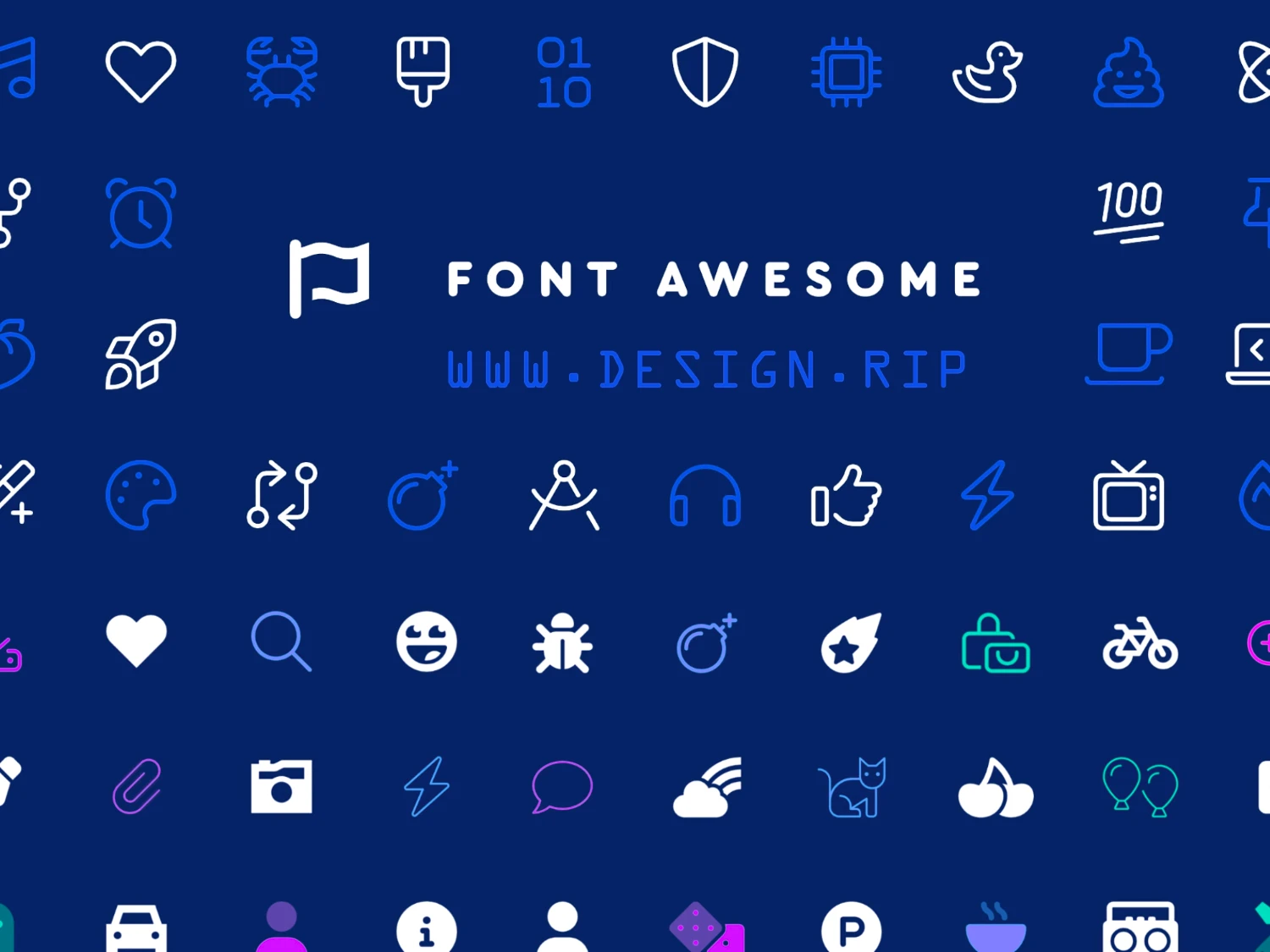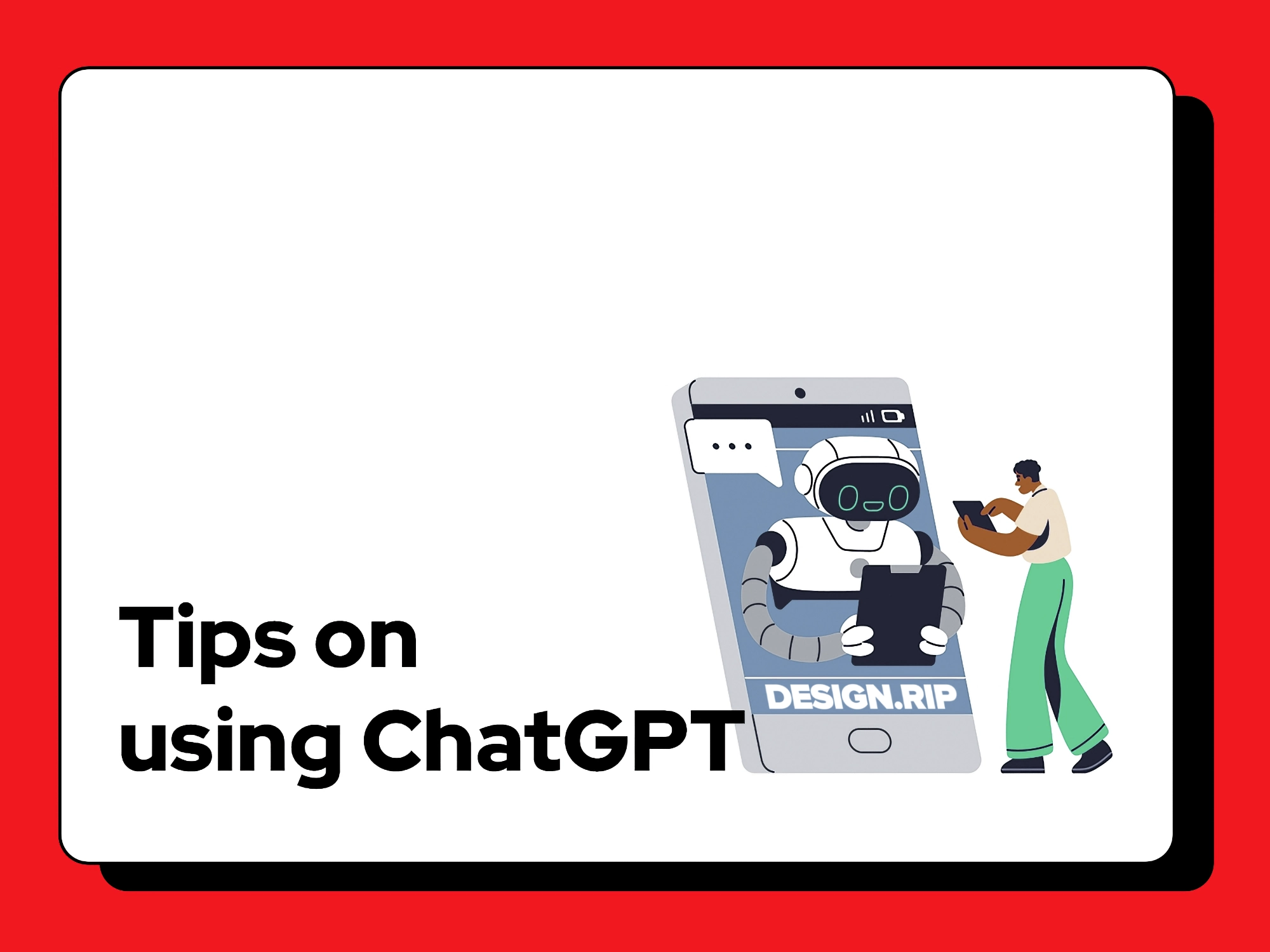Design Charrette: Process, Uses, Benefits for UX
Design charrette is a collaborative brainstorming session that helps in creating innovative design solutions. Learn more about the process, uses and benefits for UX!
Are you looking for a creative and efficient way to come up with design solutions? Look no further than a design charrette (pronounced as shuh-ret)!
This collaborative brainstorming session is a fun and innovative way to engage participants and is beneficial for UX designers. In this article, we will explore what a design charrette is, how it is used in the industry and its benefits for UX.
What Is a Design Charrette?
A design charrette is an intensive, collaborative session where a group of stakeholders, designers, and experts come together to brainstorm and develop design solutions within a limited timeframe.
Originating from the French word “charrette,” which refers to a cart, the term historically describes the practice of students working feverishly to meet deadlines, often finalizing their projects while literal carts were collecting their work.
The core aspects of a design charrette include active collaboration among participants, swift brainstorming of ideas, and the rapid generation of potential solutions. These sessions aim to harness collective creativity and incorporate diverse perspectives, leading to innovative and feasible design outcomes.
By integrating design charrettes into the UX design process, teams can effectively leverage the collective knowledge and creativity of participants, resulting in powerful and user-centered design solutions. Unlike the traditional community consultation process, a design charrette is design-based and focuses on capturing the vision, values, and ideas of the participants in a fun and innovative way.
How Is a Design Charrette Used in UX?
Design charrettes are commonly used across various industries, including architecture, urban planning, and product design. In recent years, it has gained popularity in the field of UX design due to its collaborative and efficient nature.
Typical design charrettes involve a diverse group of participants, including designers, researchers, developers, and stakeholders. These individuals come together for an intense brainstorming session that can last anywhere from a few hours to several days.
During the session, participants engage in activities such as sketching ideas on paper or whiteboards, creating prototypes, incorporating interesting design elements, and presenting their concepts to the group. The goal is to generate as many potential solutions as possible within a limited timeframe.
Variations of Design Charrettes in UX
While the traditional design charrette model involves a large group of participants working together, there are also variations that can be adapted to suit different project needs.
-
Virtual Design Charrettes: With the rise of remote work, virtual design charrettes have become more prevalent. These sessions use online collaboration tools and video conferencing platforms to facilitate group brainstorming and idea sharing.
-
Mini Design Charrettes: In situations where time or resources are limited, mini design charrettes can be used to quickly generate ideas and solutions. These shorter sessions may involve a smaller group of individuals or focus on specific aspects of a project.
-
User-Focused Design Charrettes: Involving users in the design process is essential for creating user-centered solutions. User-focused design charrettes involve bringing in representative users or conducting usability testing during the session to gather feedback on proposed ideas and prototypes.
Benefits of Design Charrettes in UX
Generating a Variety of Creative Solutions
One of the primary benefits of incorporating a design charrette into the UX design process is its ability to generate a wide range of creative solutions. By bringing together individuals with diverse backgrounds and perspectives, the session encourages out-of-the-box thinking and leads to innovative ideas.
Fostering Team Buy-In and Ownership
Design charrettes promote collaboration and teamwork, allowing team members to contribute their unique insights and ideas. This not only leads to better design solutions but also fosters a sense of ownership and buy-in from all team members.
Streamlining Design Process
Incorporating a design charrette in UX design can help streamline the overall design process. By engaging the public in projects with significant landscape, streetscape, or other interesting design element, teams can foster innovative and engaging solutions. By generating multiple solutions quickly, teams can identify potential roadblocks or issues early on and find ways to address them before moving onto the next stage of the project. This not only saves time but also ensures that the final product meets all stakeholders’ needs and expectations.
Improving Stakeholder Engagement
Design charrettes also provide an opportunity to involve stakeholders in the design process, allowing them to contribute their input and feedback. This can lead to a more informed and well-rounded solution that considers all perspectives and requirements.
Continual Iteration and Improvement
Design charrettes are not a one-time event but rather an ongoing process. They allow for continual iteration and improvement of the design, incorporating feedback and ideas from all team members. This helps create a more user-centric and effective end product.
Enhancing Communication and Collaboration
By bringing together individuals from different disciplines, backgrounds, and roles, design charrettes facilitate communication and collaboration between team members. This fosters a better understanding of each team member's role in the project and encourages a cohesive approach to problem-solving.
The Design Charrette Process
A design charrette is essentially a high-energy collaborative workshop. It brings together a diverse group of people to brainstorm and develop design solutions for a specific project or challenge. Here's a breakdown of the design charrette process:
1. Preparation
-
Define the project goals and desired outcomes of the charrette.
-
Identify and invite participants.
-
Prepare materials like large boards, markers, sticky notes, and project information.
2. Introduction
-
Set the ground rules and establish a collaborative atmosphere.
-
Briefly present the project background, goals, and any constraints.
3. Data gathering and brainstorming
-
Use interactive activities to gather ideas and concerns from participants. This might involve surveys, group discussions, or sketching exercises.
4. Concept development
-
Participants work together to develop design concepts based on the gathered information.
-
This can involve sketching ideas on large boards, creating physical models, or using digital design tools.
5. Evaluation and refinement
-
Present and discuss the design concepts generated.
-
Participants provide feedback and collaborate to refine the most promising ideas.
6. Wrap-up and next steps
-
Summarize the key takeaways and decisions made during the charrette.
-
Define clear next steps for moving the project forward.
The duration of a design charrette can range from a few hours to multiple days, depending on the complexity of the project and team dynamics. It is important to have a clear schedule and designated roles for all participants to ensure the process runs smoothly.

Best Practices for Running a Design Charrette
-
Define clear objectives and guidelines: Before the charrette, it is essential to establish a clear purpose and set of rules for all participants to follow.
-
Diverse representation: Involve a diverse group of individuals with different backgrounds, skills, and perspectives to ensure a well-rounded design solution.
-
Encourage collaboration and open communication: The success of a charrette relies on effective teamwork, so it is crucial to foster an environment that encourages open communication and collaboration among participants.
-
Set time limits: Time management is critical in a charrette, as ideas can easily get sidetracked or discussions can become unproductive if not managed properly. Set specific time limits for each stage of the process to keep things on track.
-
Document everything: As mentioned earlier, documenting all ideas, decisions, and iterations is vital for future reference and project continuity.
-
Be open to feedback and criticism: Design charrettes are meant to be a collaborative process, so being receptive to constructive criticism and incorporating feedback into the design solution is crucial.
-
Celebrate successes and learn from failures: Whether the design charrette results in a successful solution or not, it is essential to celebrate the team's efforts and learn from any failures or challenges encountered during the process.
-
Follow up and follow through: After the charrette, it is crucial to follow up on any action items or decisions made during the session and ensure that they are implemented in the project's next steps.
Conclusion
Utilizing design charrettes in UX offers several significant benefits, primarily fostering creative solutions and enhancing team collaboration. These intensive, collaborative sessions bring together diverse perspectives to rapidly generate and refine ideas, ensuring a comprehensive approach to problem-solving.
However, it is important to recognize that while design charrettes are an excellent tool for ideation and team bonding, they are not a substitute for comprehensive user research. Limitations such as the potential for groupthink and the pressure of time constraints can impact the depth of exploration. Design charrettes are most effective when used at the early stages of a project to gather a wide range of ideas quickly or when facing a particular design challenge requiring diverse input for a creative breakthrough.
What's Your Reaction?














![[VIP] DesignCode: Build Beautiful Apps with GPT-4 and Midjourney](https://design.rip/uploads/cover/blog/designcode-gpt4.webp)
![[VIP] AppCoda: Mastering SwiftUI - Professional Packet (Updated 04.2023)](https://design.rip/uploads/cover/blog/appcoda-mastering-swiftui-professional-packet-worth.webp)
![[VIP] AppCoda: Beginning iOS Programming with Swift (Updated 04.2023)](https://design.rip/uploads/cover/blog/appcoda-beginning-ios-programming-with-swift.webp)
![[VIP] Whoooa! 156 vector Lottie animations](https://design.rip/uploads/cover/blog/whoooa-156-vector-animations.webp)







![[VIP] Motion Sound Vol. 1](https://design.rip/uploads/cover/blog/designrip-svx.webp)


